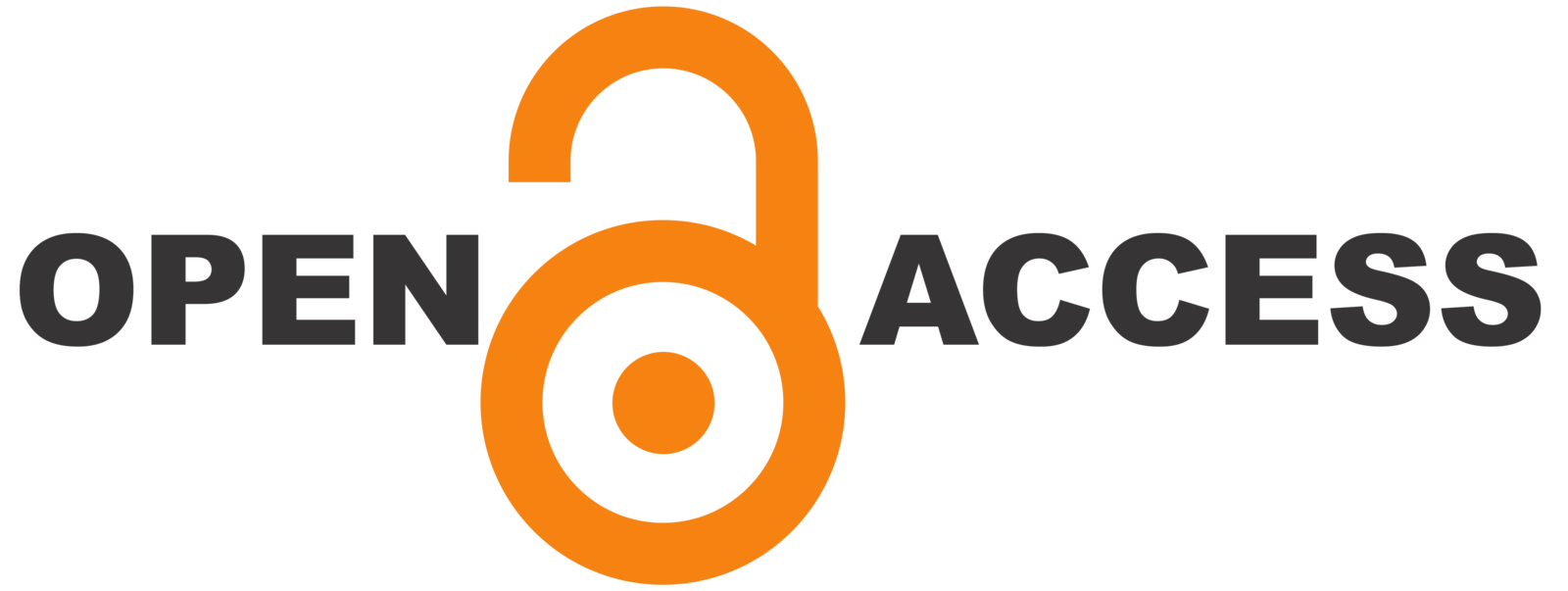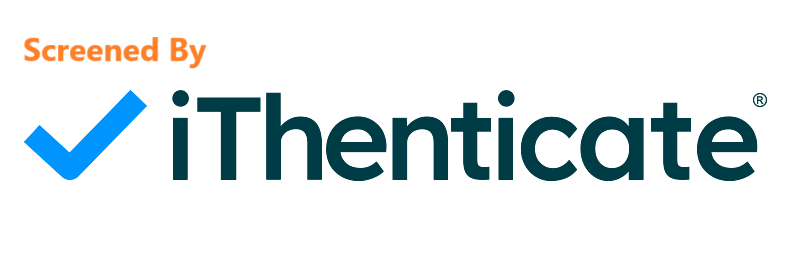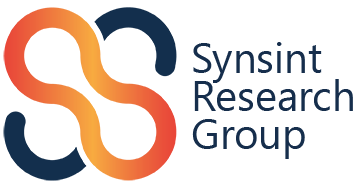Synthesis, sintering and electrical properties of Li1+xGdxZr2-x(PO4)3 solid electrolytes for Li-ion batteries
- 1 Ceramic Department, Materials and Energy Research Center (MERC), Karaj, Iran
- 2 Department of Semiconductors, Materials and Energy Research Center (MERC), Karaj, Iran
Abstract
In this study, the electrical characteristics of spark plasma sintered Li1+xMxZr2-x(PO4)3 solid electrolytes, underlining the impacts of gadolinium (Gd) substitution on lithium-ion battery performance in comparison to conventionally sintered samples. The samples with different amounts of Gd (x= 0.1, 0.2, and 0.3) were sintered by both SPS and conventional methods and characterized using advanced techniques, including field emission scanning electron microscopy (FESEM) for microstructural analysis, X-ray diffraction (XRD) for phase detection, and energy-dispersive X-ray spectroscopy (EDS) for elemental analysis. A significant improvement in densification and a subsequent reduction in porosity are observed in the SPSed samples, which is the main reason for their enhanced structural integrity. However, this increase in densification is accompanied by a complex relationship in which the presence of Gd may hinder ionic transport compared to conventionally sintered samples. Optimizing the Gd content to balance ionic conductivity and structural stability, which supports the development of solid electrolytes for lithium-ion battery applications, was emphasized.
Downloads
References
Copyright (c) 2025 Zahra Khakpour, Saeed Sedaghat, Mohammad Farvizi, Nima Naderi, Abouzar Massoudi

This work is licensed under a Creative Commons Attribution 4.0 International License.
Copyright
Authors are the copyright holders of their published papers in Synthesis and Sintering, which are simultaneously licensed under a Creative Commons Attribution 4.0 International License. The full details of the license are available at https://creativecommons.org/licenses/by/4.0/.
All papers published open access will be immediately and permanently free for everyone to read, download, copy, distribute, print, search, link to the full-text of papers, crawl them for indexing, pass them as data to software, or use them for any other lawful purpose without any registration obstacles or subscription fees.












